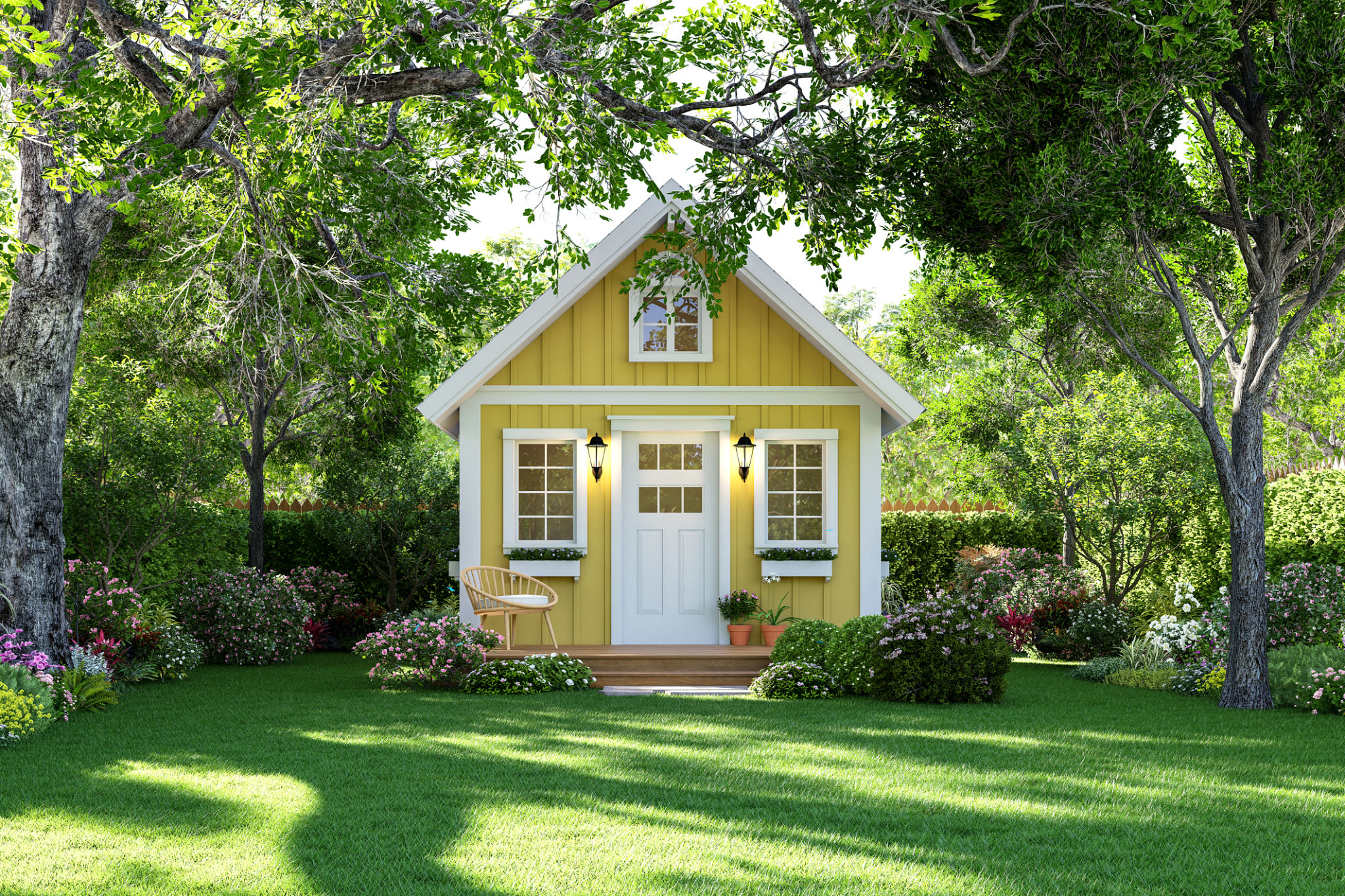Building Tiny Homes: Why Shipping Containers Are the Perfect Choice
The Rise of Tiny Homes
In recent years, the tiny home movement has gained significant traction, with more people opting for minimalist living spaces that offer both affordability and sustainability. Among the various options available, shipping containers have emerged as a popular choice for constructing these compact dwellings. Their versatility and cost-efficiency make them an attractive alternative to traditional building methods.

Why Shipping Containers?
Shipping containers are not only abundant but also remarkably durable. Built to withstand the harsh conditions of ocean travel, these steel structures are resistant to weather, pests, and decay. This inherent strength makes them an ideal foundation for tiny homes that need to endure various environmental conditions.
Furthermore, shipping containers are readily available at relatively low costs. Many containers end up being discarded after a few uses, making them an eco-friendly option when repurposed into homes. By recycling these units, builders can significantly reduce the carbon footprint associated with new construction.
Design Flexibility
One of the greatest advantages of using shipping containers is their design flexibility. They can be easily modified to include windows, doors, insulation, and utilities. Containers also come in standard sizes, allowing for straightforward stacking and customization. This modular nature enables creative layouts that can be adapted to suit individual needs and preferences.

Cost-Effective Construction
Building a tiny home from shipping containers can be significantly more affordable than traditional construction. The basic structure is already in place, reducing the need for extensive building materials and labor costs. Homeowners can also save on maintenance expenses due to the durability of the steel frame.
Additionally, by opting for a shipping container home, individuals can often bypass some of the regulatory hurdles associated with conventional housing. Many jurisdictions have fewer restrictions on alternative dwellings, allowing for faster approval processes and reduced permitting fees.
Sustainability Benefits
Sustainability is a central tenet of the tiny home movement, and shipping container homes excel in this regard. By repurposing used containers, builders contribute to recycling efforts and reduce waste. Moreover, the compact size of these homes encourages energy efficiency, requiring less power for heating and cooling.
Many container homes incorporate eco-friendly features such as solar panels, rainwater collection systems, and energy-efficient appliances. These additions further enhance the home's sustainability credentials and reduce the overall environmental impact.

The Future of Urban Living
As urban areas continue to grow and housing shortages become more pronounced, shipping container tiny homes offer a viable solution. Their compact size makes them well-suited for urban environments where space is at a premium. By utilizing underused land parcels or vacant lots, cities can create affordable housing options that are both practical and sustainable.
Moreover, the aesthetic appeal of container architecture is gaining recognition. With sleek lines and industrial charm, these homes offer a modern look that appeals to a wide range of tastes. As more architects embrace this style, the design possibilities continue to expand.
Conclusion
The appeal of building tiny homes from shipping containers lies in their affordability, durability, and eco-friendliness. As more people seek sustainable living solutions in an ever-changing housing landscape, container homes represent an innovative approach to modern living. Whether you're drawn by their cost-effectiveness or intrigued by their unique aesthetic, shipping container tiny homes offer endless possibilities for those looking to downsize without compromise.
